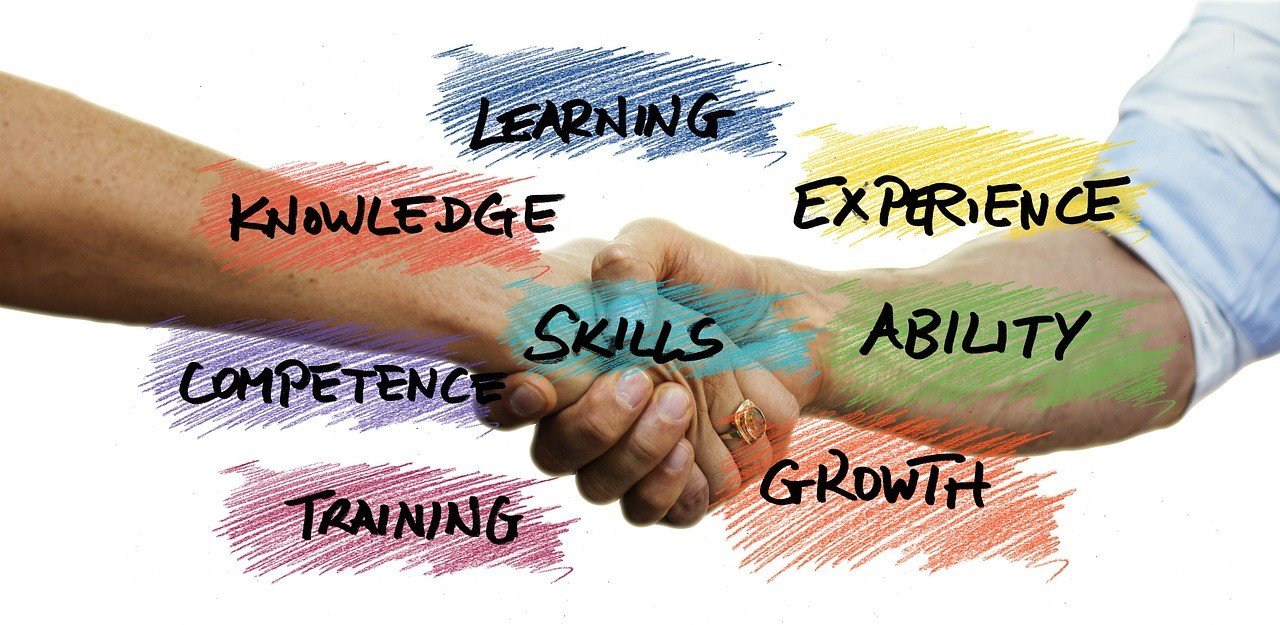“Education is the most powerful weapon which you can use to change the world.” – Nelson Mandela
Introduction
In the tapestry of India’s progress, the past decade has been a vibrant thread, weaving a story of transformation in higher education. This era mirrors a metamorphosis, where educational institutions are not just temples of learning but crucibles of innovation, shaping minds and society alike. Amidst the global dance of change, India’s higher education sector has evolved, blossoming like a lotus in the sun, signifying not just growth in numbers but an awakening of potential, knitting the future with threads of knowledge, skill, and vision.
As India gradually advances towards becoming the largest producer of human resources for the world, we reflect upon the strides made by India in the Higher Education Scenario over the course of the last decade, as we anticipate the lines along which future developments may shape up.
Dawn of a decade of Promise – The formative years (2013-14)
The Indian higher education landscape in 2013-14 stood at a crucial juncture as it approached towards major transformation. While progress was evident, significant challenges remained in expanding access, ensuring quality, and fostering inclusivity.
Access and enrollment were limited, with the Gross Enrollment Ratio (GER) at approximately 23% for the 18-23 age group, revealing stark regional disparities and socio-economic barriers. The institutional landscape, comprising 723 universities and 36,634 colleges, grappled with infrastructural constraints, especially in rural areas. Funding was another critical issue, with higher education receiving limited allocation from the total educational expenditure of 3.84% of GDP.
While digital initiatives like MOOCs emerged (NPTEL being a major milestone), their reach was limited by uneven internet connectivity and infrastructural challenges. Online education, though showing promise, remained in its early stages, with the potential of full integration into mainstream learning experiences.
Despite these challenges, 2013-14 also marked a period of introspection and reform. It served as a critical springboard for a future where Indian higher education would strive to bridge the access gap, enhance quality, and embrace transformative technologies.
Building Momentum: Key Reforms and Initiatives (2014-23)
The years since 2014 witnessed a concerted effort to propel Indian higher education onto a transformative trajectory. A wave of reforms and initiatives aimed at expanding access, enhancing quality, and embracing technological advancements reshaped the landscape.
The establishment of new universities and colleges, particularly in underserved regions, led to a significant increase in the institutional network. This, coupled with targeted scholarship programs like SHREYAS scheme, Pradhan Mantri’s Ucchatar Shiksha Yojna, efforts to make student loans affordable through subsidies (strengthening the Central Sector Interest Subsidy Scheme 2009) and allocating credit guarantee funds (CCF Scheme 2015) etc., broadened access for marginalized communities and ignited aspirations across the nation.
As per AISHE 2021-22, enrollment in higher education increased to 4.33 Crores in 2021-22 from 3.42 Crores in 2014-15. The GER increased from 23.7 in 2014-15 to 28.4 in 2021-22, with Female GER rising from 22.4 in 2014-15 to 28.5 in 2021-22. This expansion translated into millions more young adults entering higher education, with notable improvements in representation from previously underrepresented groups.
The National Education Policy (NEP) 2020 emerged as a transformative roadmap, emphasizing multidisciplinary learning, skill development, and industry partnerships. This paradigm shift aimed to equip graduates with relevant skills and foster employability in a rapidly evolving job market. Not only in terms of metrics, but the NEP, with its effort to radically redefine the education scenario in India, has ignited inspiration and uplifted spirits within the stakeholders in the sector.
Universities embraced curriculum revisions, introducing flexible credit systems, choice-based courses, and industry-aligned specializations. Collaborative research initiatives with leading institutions, both domestic and international, flourished, propelling India’s research output onto the global stage.
Teacher Training endeavors like Pandit Madan Mohan Malviya National Mission on Teachers and Teaching, Quality Improvement Program, National Mission on Mentoring, ATAL FDPs, etc, have been significant contributors towards faculty development.
The rise of digital education platforms like SWAYAM (which was expanded and enriched in terms of the courses in 2016) and MOOCs revolutionized access to quality education. Online degree programs further expanded options. Setting up of the National Digital University could be transformational. Initiatives like “Digital India” and “BharatNet” focused on improving internet connectivity across the country, paving the way for wider adoption of digital learning tools.
India’s ascent in higher education is also evidenced by its impressive research output and innovation. As reported by the US National Science Foundation’s 2022 report, India ranked third globally in scientific publications in 2020, a leap from seventh in 2010. The research output grew by 54% between 2017 and 2022, outpacing the global average. This period saw 1.3 million academic papers and 8.9 million citations. In innovation, patent filings surged by 30% from 2016-17 to 2020-21.
Conclusion:
Over the past decade, India’s higher education sector has not just kept pace with global trends but often led the way. Through substantial policy reforms and the integration of advanced technological tools, it has been reimagined to meet the aspirations of a young, dynamic India. While the progress is evident in the data, challenges such as equitable access, quality improvement, and fostering diverse research areas remain. The continued commitment to investment, policy refinement, and innovation is essential for sustaining and accelerating this remarkable journey of educational transformation


